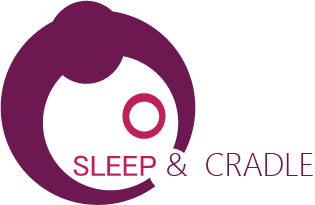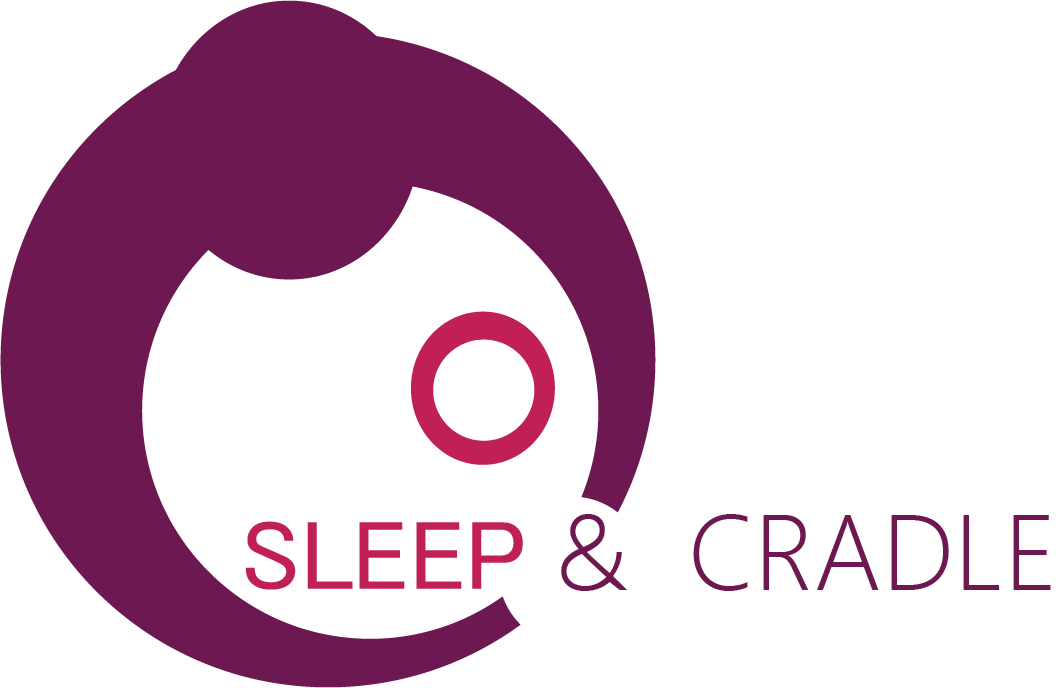Understanding Baby Sleep Cues: What to Look For
Newborn sleep doesn’t come with instructions, and as any new parent quickly learns, deciphering when your baby is tired can feel like cracking a secret code. But once you understand your baby’s sleep cues, you’ll unlock better naps, fewer meltdowns, and a stronger parent-child connection.
Knowing the signs that indicate your baby is tired allows you to respond early, before your baby becomes overtired and difficult to soothe. In this guide, you’ll learn how to recognize, respond to, and work with baby sleep cues, backed by pediatric insights and family-tested routines.
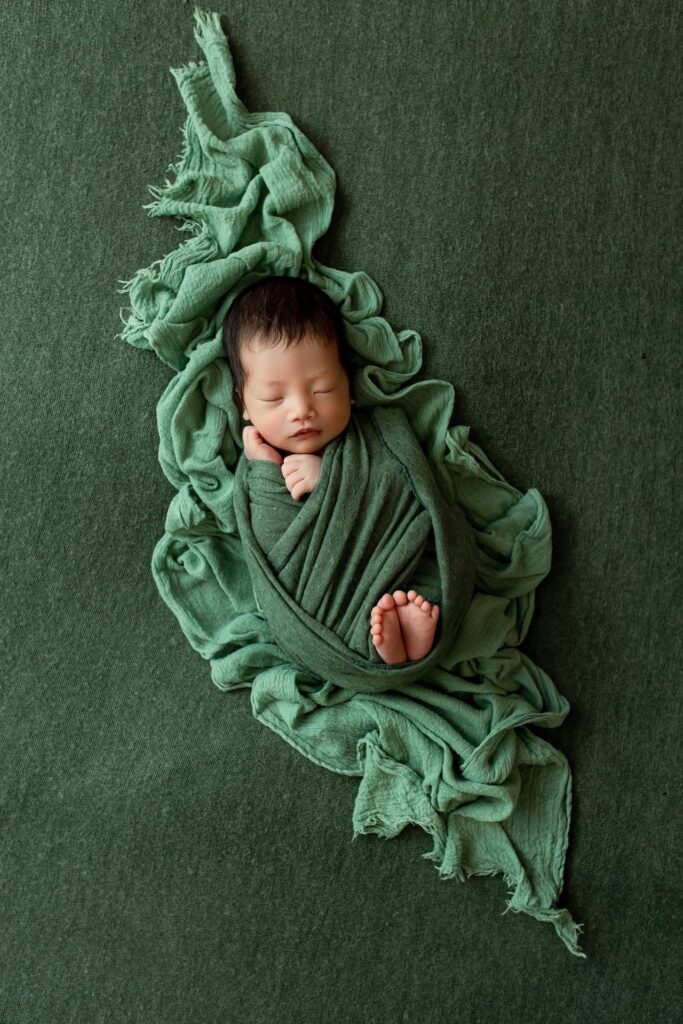
What Are Baby Sleep Cues?
Baby sleep cues are your nonverbal signs that indicate a baby is getting tired and ready to rest. These cues may be physical (like eye rubbing) or behavioral (like turning away from light or sound). Each baby expresses them differently, but learning to notice and respond can transform your baby’s sleep.
Sleep cues and understanding their wake windows are especially important for newborns and infants under 6 months old, who haven’t yet developed consistent sleep patterns. Catching the cues early can help prevent overstimulation, fussiness, and poor-quality naps.

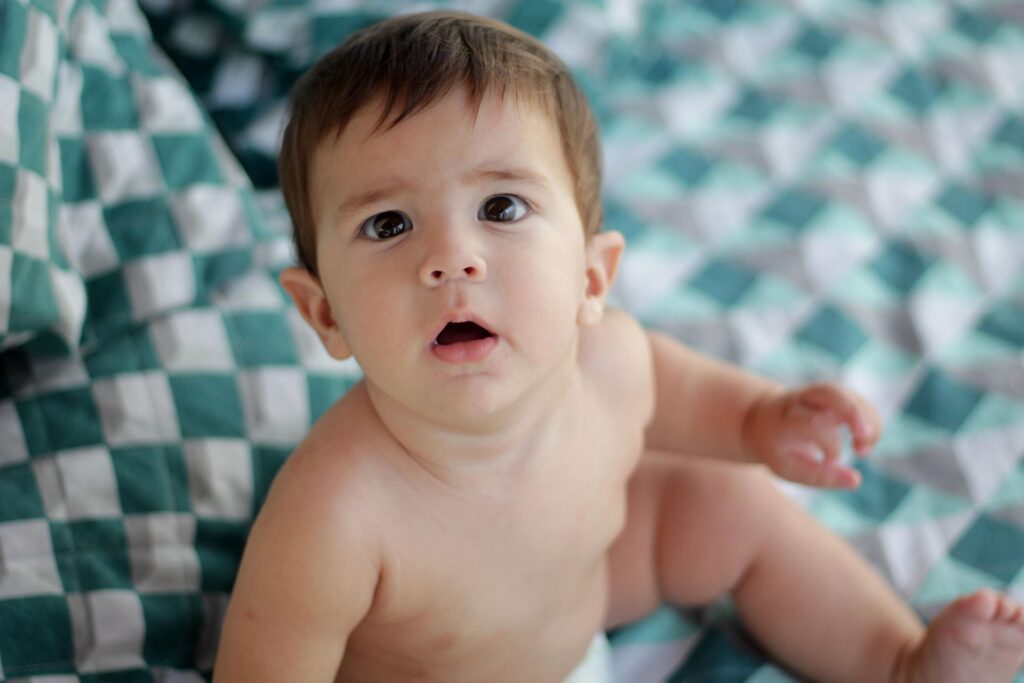
Common Sleep Cues by Age
Newborn to 3 Months
Yawning
Red or glassy eyes
Jerky arm/leg movements
Staring off or avoiding eye contact
Sudden fussiness
3 to 6 Months
Eye rubbing or ear pulling
Slower movements or limp limbs
Less interest in toys or people
Increased clinginess
Irritability
6+ Months
Crawling to a sleep space or caregiver
Repetitive thumb-sucking or self-soothing
Turning head away or lying down on their own
Each baby is different, so pay close attention to your little one’s unique cues and how they respond when you begin their sleep routine.
How to Respond to Baby Sleep Cues
Recognizing cues is only the first step. Here’s how to respond effectively and build a consistent, comforting bedtime ritual:
Create a Sleep-Ready Environment
- Dim the lights
- Reduce background noise
- Use white noise or calming lullabies
-
Keep the room cool, quiet, and cozy
Use Gentle Soothing Techniques
How to Respond to Baby Sleep Cues
- Swaddling
- Singing softly or shushing
- Massage
Track Patterns & Wake Windows
Use Gentle Soothing Techniques
- Understand what time of day your baby shows cues and how long they can comfortably stay awake. Babies thrive on schedules and you can learn to anticipate when sleep is near.
Why Baby Sleep Cues Matter for Development
Missed sleep cues can lead to overtiredness, which often results in:
- Fussier behavior
- Shorter or more fragmented naps
- Night wakings
- Increased parental stress
On the other hand, understanding your baby’s wake windows can:
- Improve your baby’s ability to fall and stay asleep
- Strengthen your bonding and attunement
-
Reduce stress and boost emotional development
Your knowledge of your babies wake window determines your babies sleep schedule, babies become more secure and independent sleepers.
Why Baby Sleep Cues Matter for Development

When You Need More Than Sleep Cues
Even with all the signs, some babies still struggle with naps, bedtime routines, or overnight sleep. That’s where personalized support can help. At Sleep & Cradle® Health, we specialize in baby sleep telehealth, helping families:
Understanding tricky or mixed sleep cues
Set age-appropriate sleep routines
- Prevent overtiredness and early wakings
connect you directly with sleep experts who understand what you’re going through and provide actionable advice.
You can also download our Free Baby Sleep Guide, which includes suggested tips to implement a tailored sleep schedule and calming techniques that work.
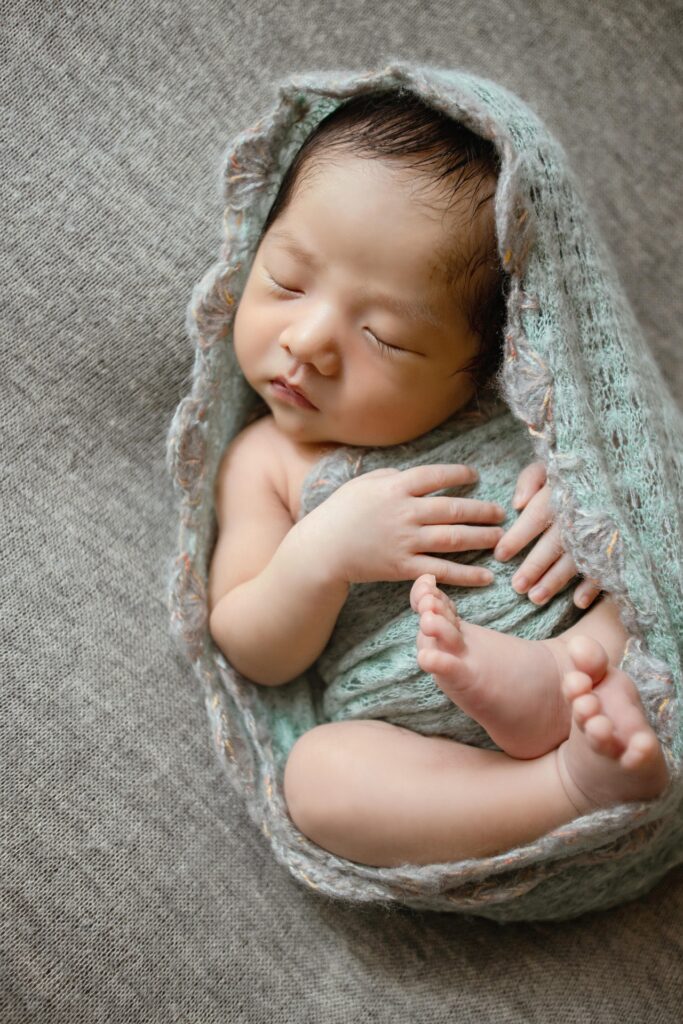
Download Your Free Baby Sleep Cues PDF
Still figuring out your baby’s sleepy signs? You’re not alone. Our free guide breaks it all down with examples and routines that real families use every day. Download our Free Baby Sleep Cues Guide, now and take the first step toward easier naps and calmer nights.
FAQs: Your Questions Answered
Q: How do I know if my baby is tired or just fussy?
- Tired babies often show signs like yawning, eye rubbing, or turning away from stimulation. Fussiness that increases despite soothing can be a sign they’ve missed their nap and exceeded their window. Track your baby’s patterns to catch tired cues earlier and prevent overtiredness.
Q: At what age do babies start showing clear sleep cues?
Most babies show sleep cues from birth like yawning or zoning out; however, they become more consistent around 4 to 8 weeks. As babies grow, their cues evolve. That’s why observing your baby’s unique behaviors is key.
Q: What should I do when I notice sleep cues?
- Take your baby to their dedicated space, dim lights, reduce stimulation, and use soothing techniques like swaddling or wearing their sleep sac, and white noise. Beginning calming sleep routine early helps your baby fall asleep more easily and reduces bedtime battles.
Q: Why does my baby fight sleep even after showing all of the signs?
It is likely that your baby may have become overtired, which makes it harder for them to fall asleep, even if they’re showing clear cues. This is why a consistent routine and early cue recognition are essential. If sleep challenges persist, you may need Professional Support.

Cynthia Unuigbe, MD.
Dr. Cynthia Unuigbe is a Medical Doctor, health tech innovator, and Founder of Sleep & Cradle® Health. A Subject Matter Expert in Postnatal Sleep Health, Certified Pediatric Sleep Consultant, and Newborn Care Specialist, she has over a decade of experience transforming sleep health for families with children aged 0–5. Her global expertise spans work with the World Health Organization and leadership in maternal–child health initiatives across Africa and the United States. In the U.S., she is redefining postnatal care through digital innovation, making sleep support more accessible, measurable, and effective. Dr. Cynthia is on a mission to close critical gaps in care and empower families worldwide with tools that drive long-term well-being.
Create a more peaceful home with Sleep & Cradle® today!
Our proven strategies and techniques can help your child sleep soundly and peacefully from Day 1, restoring harmony to your home. Don’t wait any longer. Take the first step towards a more restful night and a happier family. Schedule a consultation now or Enroll in our On Demand Courses.
Get in Touch...
Our Recent Blog Articles
Free Sleep Tips
Understanding Baby Sleep Cues: What to Look For
How to Become a Certified Newborn Care Specialist: Step-by-Step
What Is a Baby Sleep Consultant? Benefits, Support, and When to Get Help
Top 5 Baby Sleep Solutions Recommended by Pros
How to Help Your Baby Sleep Through the Night: Proven Baby Sleep Telehealth Support
Why Payers Should Back Postnatal Sleep Health
Tips to Help a Child Afraid of the Dark
Ultimate Guide to Creating a Safe Sleep Environment
Tips for Sleep Training for Naps
Baby Short Naps: Causes and Solution
Baby’s Sleepy Signals: Understanding Newborn Cues
Nap Fails: What to Do When Your Baby Won’t Nap
Newborn Care Specialist or Traditional Nanny: Knowing the Difference
Sleep & Cradle® Health offers pregnancy classes, baby sleep training, and newborn care services, along with specialist training for postpartum support.
Want Unlimited Access?
Home Services
online Services
Career
Support
Information
Authors
-
-
Nicole Pereda is a Health Tech & Growth Operations Intern at Sleep & Cradle® Health, joining through our partnership with Miami-Dade County Public Schools. A biomedical magnet student at Miami Coral Park Senior High, she brings a passion for healthcare, a 4.36 GPA, and leadership experience through HOSA, where she placed 4th in a Veterinary Science competition. Nicole is committed to pursuing a career in medicine and supporting others with compassion and purpose.
